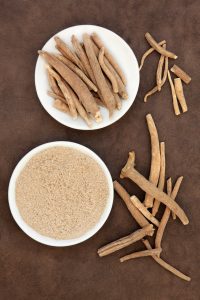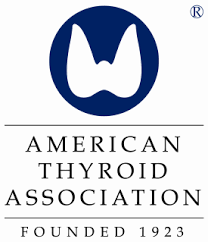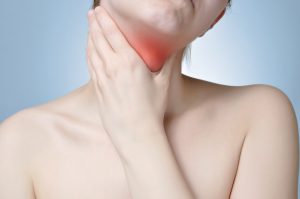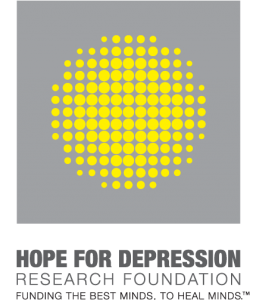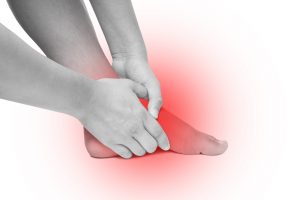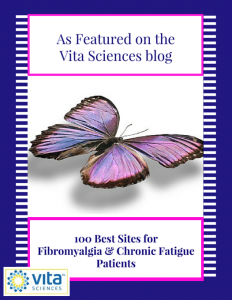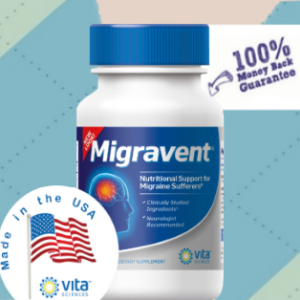Fibromyalgia is a musculoskeletal disorder that causes widespread “fibromyalgia pain,” in addition to crushing fatigue, insomnia, and problems with memory and mood. Often, vitamin deficiency occurs with fibromyalgia. For maximum health, always include these essential vitamins and minerals.

Fibromyalgia pain management
People with fibromyalgia experience excruciating muscular soreness in the absence of apparent inflammation. Because the symptoms of fibromyalgia are “invisible,” most sufferers have difficulty getting a diagnosis or needed treatments in time to prevent devastating illness.
If you have fibromyalgia, then you may experience a combination of
- wracking pain
- numbness
- tiredness
- bloating
- nausea
- itchiness
- anxiety
- feverishness
Supplements that help
Fibromyalgia often occurs with comorbid conditions, such as gastritis or rheumatoid arthritis. For optimal health, you should follow a regimen of natural supplements, in addition to your prescribed medications.
Note: if you suffer from fibromyalgia or other forms of chronic pain, please speak to a doctor for treatment options. This article is not intended to provide medical advice or a cure for fibromyalgia.
Capsaicin (Cayenne)
Capsaicin is a natural muscle relaxant that occurs naturally in many pepper varieties, but most abundantly in cayenne pepper. Capsaicin cream is used by people with chronic pain from shingles, fibromyalgia, peripheral neuropathy, and back pain.
Dose: When desired, you may apply liberal amounts of capsaicin cream.
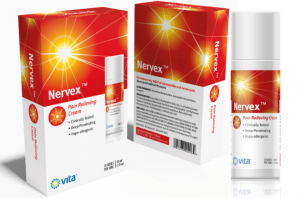
Nervex has Capsaicin, vitamin E, vitamin B12, vitamin D3, and other powerful inflammation-killers. Buy it now!
Vitamin B1 (Thiamin)
If your body had a battery, Vitamin B1 would be the juice that keeps you ticking. Vitamin B1 helps your body manufacture adenosine triphosphate, or ATP, an essential molecule that gives your body the energy it needs to keep your heart pumping and your lungs breathing.
Dose: For fibromyalgia, Crohn’s disease and folate deficiency, take at least 200 mg of thiamin per day.
Melatonin
Melatonin is a natural hormone produced by the pineal gland that promotes restful sleep. Melatonin supplements are helpful for people who don’t produce enough melatonin at nighttime and suffer from sleep disorders as a result. If fibromyalgia pain is keeping you up nights and causing insomnia, taking 3 mg of melatonin ½ hour before bedtime might help you get back to a normal sleep schedule, according to this report on melatonin in patients with fibromyalgia.
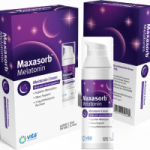
Take Maxasorb Melatonin Cream, and get to sleep quicker. Get it here.
Vitamin B12 (Cobalamin)
Vitamin B12 is a water-soluble vitamin that is only found in protein foods like meat, poultry, fish, eggs, and cheese. Your body needs vitamin B12 for red blood cell circulation, nervous system maintenance, DNA synthesis, healthy cognitive functioning, and energy production.
If you have fibromyalgia, then you need to watch for vitamin B12 deficiency, since gastrointestinal disorder symptoms like diarrhea and vomiting that are common with fibromyalgia, and can interfere with vitamin B12 absorption.
Symptoms of vitamin B12 deficiency are constant fatigue, depression, confused thinking, painful tingling-numbness in the hands and feet, sleeplessness, frequent clumsiness and stumbling, and sore, burning tongue.
Dose: For fibromyalgia and vitamin B12 deficiency, 1000 mcg of non-dietary vitamin B12 supplements per week provide optimal health.
Get more B12!
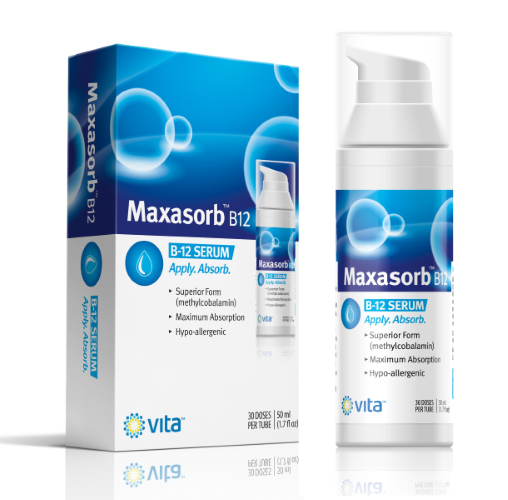
Maxasorb vitamin B12 cream- 320 mic of B12 in 1 dose.
Magnesium
Like vitamin B1, magnesium is another nutrient that helps your body produce ATP for energy. Magnesium aids in muscle relaxation and keeps calcium from entering the blood supply.
Magnesium is highly recommended to relax muscular tension in people with fibromyalgia, migraine headaches, and PMS.
Dose: Take 600 mg daily for optimum health.
Vitamin D3 (Cholecalciferol)
Your body needs two forms of vitamin D to survive- Vitamin D2, which is manufactured by plants, and vitamin D3, which your skin produces upon exposure to sunlight. Vitamin D aids in calcium absorption for building strong healthy bones and retaining bone mass.
Dose: For fibromyalgia and other autoimmune diseases, take 1,000 IU per day for optimum health.
Docosahexaenoic acid (DHA)
DHA occurs naturally in fatty fish, and is essential for healthy brain development in infants and cognitive functioning in adults. DHA is also used successfully to life the mood and increase mental clarity in people who suffer “brain fog,” as evidenced by this study on Health benefits of docosahexaenoic acid (DHA).
Dose: For fibromyalgia, depression, rheumatoid arthritis, and attention deficit hyperactivity disorder (ADHD), take 900 mg per day for optimum health.
D-ribose
D-ribose is a sugar that your body produces. For people who suffer from fibromyalgia and chronic fatigue, taking extra D-ribose supplementation is helpful for boosting energy and building strong muscles. D-ribose is also taken for improving endurance levels for sports and for muscular flexibility after strenuous workouts or with symptoms of fibromyalgia. Additionally, D-ribose increases muscular strength for people with heart disease.
Dose: For fibromyalgia, chronic fatigue syndrome and coronary artery disease, take 500 mg three times per day for optimum health.
S-Adenosylmethionine (SAMe)
Pronounces samm-ee, SAMe is a compound that your body produces for various essential functions, including maintaining your immune system and accessing important brain chemicals like serotonin, melatonin, and dopamine. If you suffer from vitamin B12 deficiency, folate deficiency or methionine deficiency, than your SAMe levels are probably low.
SAMe is healthful for people suffering from fibromyalgia symptoms such as muscular pain, chronic fatigue, and depression, according to many studies, including this double-blind study on oral S-adenosylmethionine in primary fibromyalgia.
Dose: For fibromyalgia, vitamin B12 deficiency and chronic fatigue, take 800 mg per day for optimum health.
5-Hydroxytryptophan (5-HTP)
5-HTP is a chemical that your body produces from tryptophan, which is then converted into serotonin, which your brain uses throughout the day to transmit messages within the nervous system.
5-HTP is useful for promoting good health in people with chronic depression, anxiety, sleep disorders, obesity, migraine headaches, and chronic pain associated with fibromyalgia, as evidenced by this double-blind study.
Dose: For depression and fibromyalgia pain, take between 100 to 300 mg three times daily for optimum health.
Vitamin E
Vitamin E is a powerful antioxidant that destroys free radicals. Vitamin E is recommended for heart health. Other studies suggest that vitamin E supplementation might be helpful for people with restless legs syndrome, immune disorder, and chronic pain associated with rheumatoid arthritis, peripheral neuropathy, and fibromyalgia.
Dose: For fibromyalgia, take between 50 IU and 800 IU daily for optimum health.
Sources:
The effect of melatonin in patients with fibromyalgia: a pilot study.
Health benefits of docosahexaenoic acid (DHA)- PubMed, NCBI
Oral S-adenosylmethionine in primary fibromyalgia. Double-blind clinical evaluation- PubMed, NCBI
Double-blind study of 5-hydroxytryptophan versus placebo in the treatment of primary fibromyalgia syndrome- PubMed, NCBI
